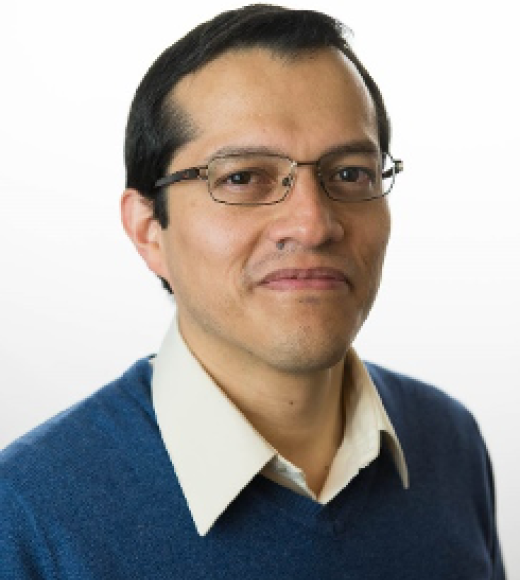
Position Title
Pacific Northwest National Laboratory
Abstract
Understanding Catalyst Nuclearity and Environment at Interfaces to Control CO2 Hydrogenation
The goal of this talk is to provide an overview of our research on designing catalysts with specific functionalities using CO2 as probe and reactant molecule. The themes of our work involve controlling the binding of reactive molecular species at the active site and creating adjoining reactive sites with dissimilar electronic properties but acting in concert to catalyze reactions at interfaces. The effects of tuning both the proportion and nuclearity of the active phases are demonstrated for the reduction of CO2 to CO and methanol. In a first example, we stabilized sub-nanometer Cu species at defect sites inside metal-organic frameworks (MOFs) having ZrO2 nodes. This allowed us to modify the proportion of interfaces with higher control than for typical metal particles supported by bulk oxides. In a second example, we stabilized single atoms of noble metals at the surface of bulk Fe3O4 or, as an inverse approach, we deposited FeO2 domains onto metal particles. These two strategies allowed us to maximize the rates and selectivity for the reverse water-gas shift reaction. In the last example, we show how the functionality of iron oxides supported on metal particles can be switched to methanol when driving alloying of the nanoparticle with iron.
Biography
Oliver Y. Gutiérrez is a scientist at PNNL, where he leads and collaborates in research activities related to catalysis, biomass conversion, and hydrogen storage. Oliver received his doctorate from the UNAM (the National University of Mexico) and performed postdoctoral research at TU Munich in Germany with an Alexander-von-Humboldt fellowship. He was later appointed senior scientist at the same place to lead a research group centered mainly on catalysis for industrial applications. His current work at PNNL focuses on phenomena at the interface between electrocatalysis and thermal catalysis, cooperative effects between metal and redox sites for the conversion of oxygenated compounds and CO2, and polymer upcycling. The ultimate goal of his research is to describe structure-activity correlations for the purpose of designing new catalysts and catalytic routes with enhanced activity and selectivity.